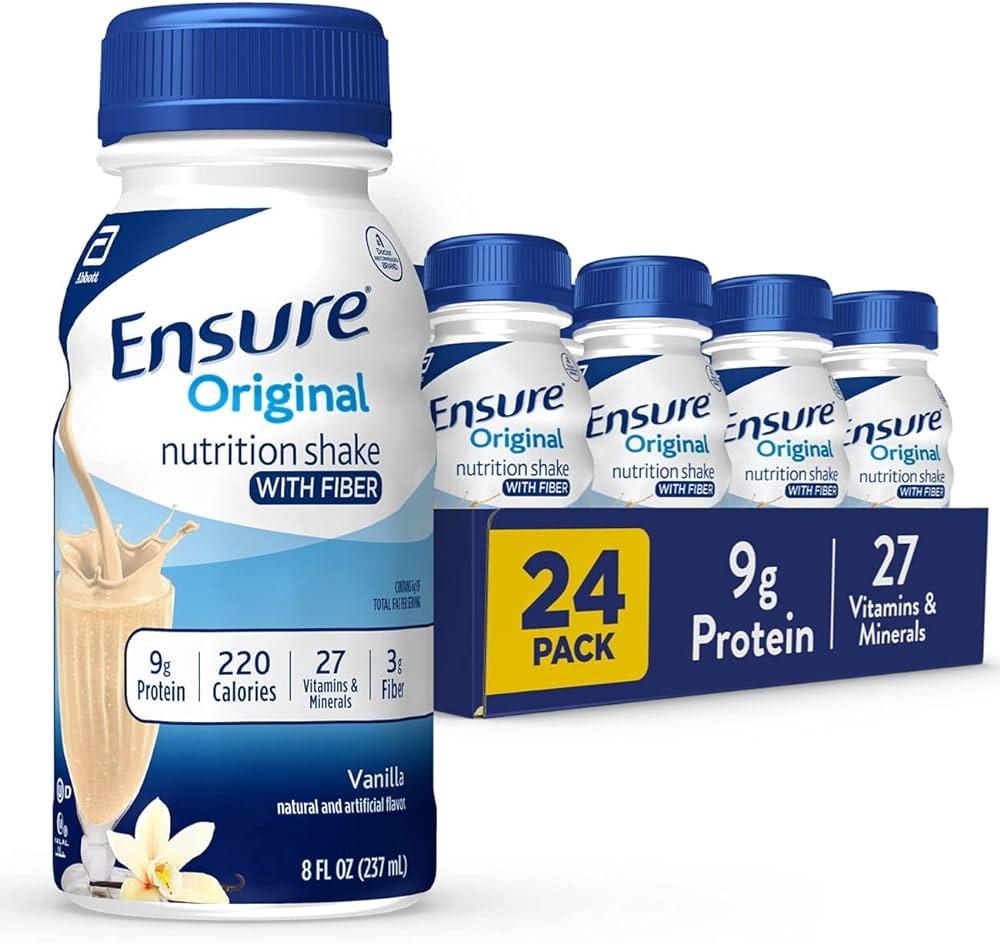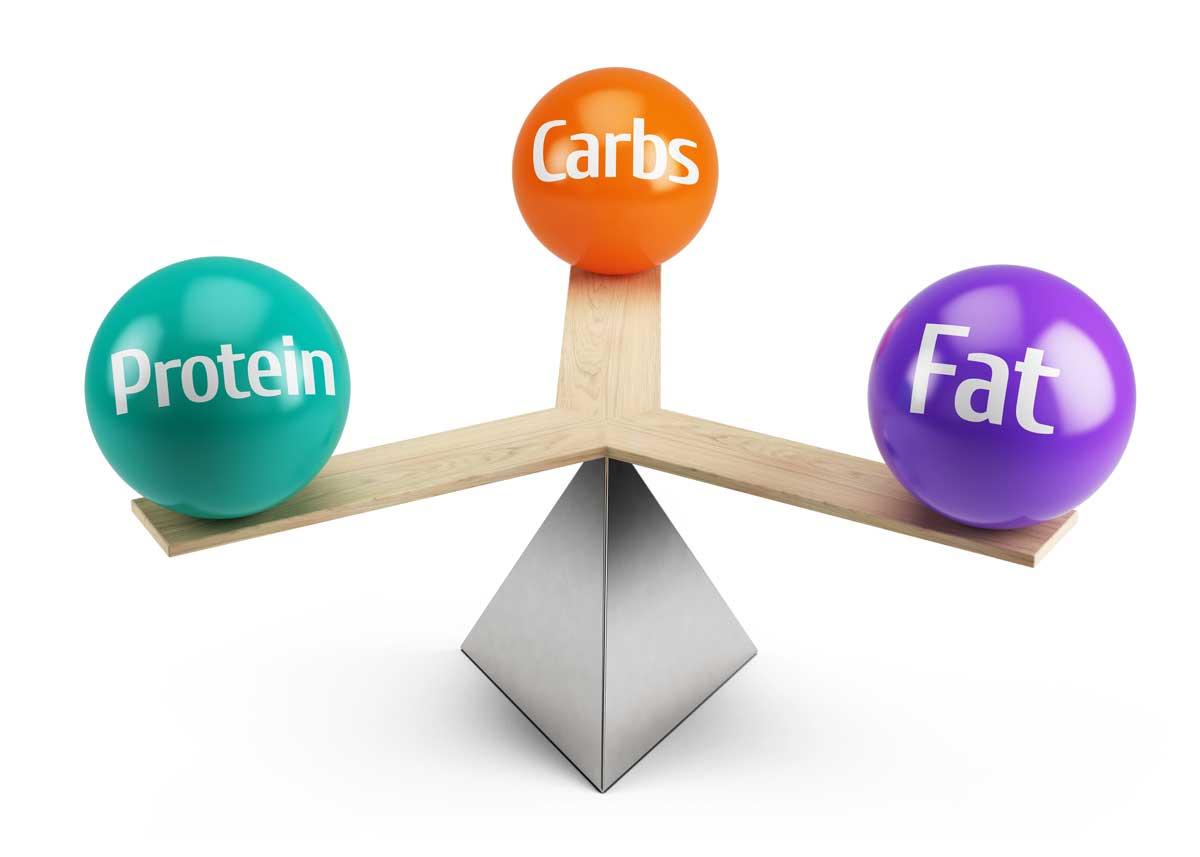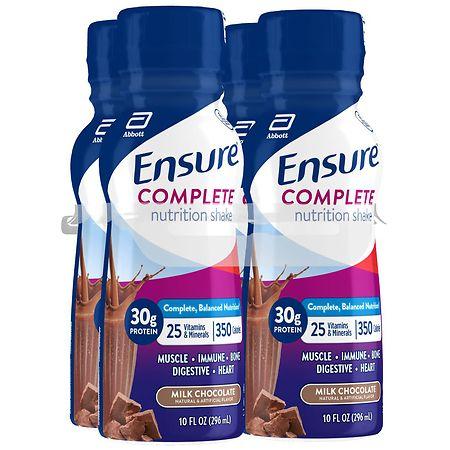In an age where convenience often trumps culinary effort, “complete nutrition” shakes have surged to prominence as a go-to solution for busy lifestyles. Marketed as all-in-one meals packed with essential vitamins, minerals, and macronutrients, these shakes promise to deliver everything your body needs in a convenient bottle. But are they truly as comprehensive as they claim? In this article, we delve deep into the world of complete nutrition shakes, scrutinizing their labels and breaking down the nutritional content to reveal whether they live up to their lofty promises. Join us as we sift through the marketing jargon and explore the reality behind these popular nutritional supplements, ensuring you make informed choices about what you consume.
Understanding Nutritional Labels: Decoding the Ingredients in Complete Nutrition Shakes
When it comes to evaluating complete nutrition shakes, the ingredient list frequently enough holds the key to understanding their true nutritional value. Manny brands boast about their ability to provide a balanced blend of protein, vitamins, and minerals, but it’s vital to scrutinize the specifics. Look for ingredients like high-quality protein sources (e.g., whey, casein, or plant-based proteins) and a variety of essential vitamins and minerals. Avoid shakes with excessive added sugars or artificial ingredients, which can detract from their overall health benefits.instead, prioritize products that list whole food ingredients and have minimal processing.
Another aspect to consider is the macronutrient profile of these shakes. A well-rounded shake typically includes a balance of proteins, carbohydrates, and healthy fats. Review the ratios to ensure they align with your dietary needs. For clarity,here’s a basic table comparing common macronutrient distributions in popular complete nutrition shakes:
| Brand | Protein (g) | Carbs (g) | Fats (g) |
|---|---|---|---|
| Shake A | 20 | 30 | 8 |
| Shake B | 25 | 18 | 5 |
| Shake C | 15 | 40 | 10 |

Evaluating Nutritional Completeness: Are Essential Vitamins and Minerals Adequately Represented?
When delving into the world of “complete nutrition” shakes, one of the paramount questions is whether these products genuinely deliver the essential vitamins and minerals that our bodies require. A close scrutiny of various labels reveals a mixed bag of results.While many brands tout notable percentages of daily values for a variety of nutrients, the actual bioavailability and absorption rates of synthetic versus natural sources can vary dramatically. Additionally, the quality of the ingredients plays a notable role in the effectiveness of these nutrients. Shakes that champion organic components may offer more digestive benefits compared to those that rely on artificial additives.
It’s not just about quantity; it’s crucial to understand which vitamins and minerals are included and in what form. A significant number of shakes fail to encompass vital micro-nutrients such as magnesium, zinc, and vitamin K, often relegating them to the sidelines. Moreover, many consumers overlook the importance of whole food-derived nutrients, which can enhance satiety and offer additional benefits beyond mere vitamin and mineral counts. A rapid glance at the table below clarifies the essential nutrients claimed by several popular brands:
| Brand | Vitamins | Minerals |
|---|---|---|
| Brand A | Vitamin D,B12 | Calcium,Iron |
| Brand B | Vitamin A,C,K | Magnesium,Zinc |
| Brand C | Vitamin E,B6 | Sodium,Phosphorus |

Assessing Macronutrient balance: How Do These Shakes Measure Up for Protein, Carbs, and Fats?
When evaluating the macronutrient profiles of various “complete nutrition” shakes, it’s essential to dive into the specifics that determine their effectiveness as meal replacements or supplements. Each shake brings forth its own unique ratio of proteins, carbohydrates, and fats, contributing to the overall nutritional value. Here are some points to consider:
- Protein content: Many shakes aim to provide high protein levels,often featuring sources like whey,soy,or pea protein to support muscle synthesis.
- Carbohydrate Quality: It’s not just about the quantity; sourcing complex carbohydrates versus simple sugars can substantially impact energy levels and satiety.
- Fat Types: Healthy fats from nuts, seeds, or oils can promote heart health and improve the absorption of fat-soluble vitamins.
To clarify how these factors come together,consider the following average breakdown from popular brands:
| Shake Brand | Protein (g) | Carbs (g) | Fats (g) |
|---|---|---|---|
| Brand A | 20 | 30 | 5 |
| Brand B | 15 | 25 | 7 |
| Brand C | 30 | 15 | 10 |
These numbers reveal that while some shakes offer a protein-heavy option,others provide a more balanced approach. The ideal shake depends ultimately on individual dietary needs and lifestyle goals—understanding the interplay of these macronutrients can definitely help consumers make informed decisions tailored to their personal health journeys.

Practical Recommendations: Selecting the Right Shake for your Dietary Needs and Goals
When selecting a nutrition shake, it’s crucial to align the product with your specific dietary needs and personal health goals. start by examining the nutritional content displayed on the label. Look for a shake that provides a balance of essential nutrients, including:
- Protein: Aim for a shake that delivers a sufficient protein content based on your activity level.
- Vitamins and Minerals: Ensure it contains a variety of micronutrients to support overall health.
- Fiber: This aids digestion and helps you feel full, making it an excellent choice for meal replacements.
Additionally, consider any dietary restrictions or preferences you may have. For example, if you’re vegetarian or vegan, check for plant-based protein sources. Allergen-free options may also cater to those with sensitivities. To make your selection easier, here’s a quick comparison table:
| shakes | Protein Source | Vegan-Amiable | Calories |
|---|---|---|---|
| Shake A | Whey | No | 250 |
| Shake B | Pea Protein | Yes | 200 |
| Shake C | Brown Rice | Yes | 180 |
In Summary
while the allure of “complete nutrition” shakes promises a convenient solution to modern dietary challenges, our analysis reveals a more nuanced picture. It’s essential for consumers to delve deeper then mere marketing claims and scrutinize the components that make up these products. As we’ve explored, the term “complete” can be subjective, often varying from brand to brand and failing to account for individual nutritional needs.
Equipped with the insights from our analysis,we encourage you to approach these shakes with a discerning eye. Consider your personal health goals, lifestyle, and dietary preferences when integrating nutrition shakes into your regimen.remember, no single product can fully replace the diversity of nutrients found in a well-rounded diet. your health journey is unique,and it’s worth the effort to unveil the truth behind what’s in your shake. Here’s to making informed choices on the path to your nutritional well-being!



